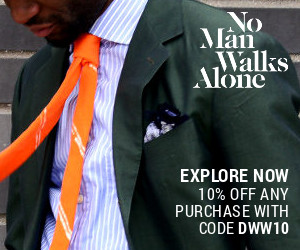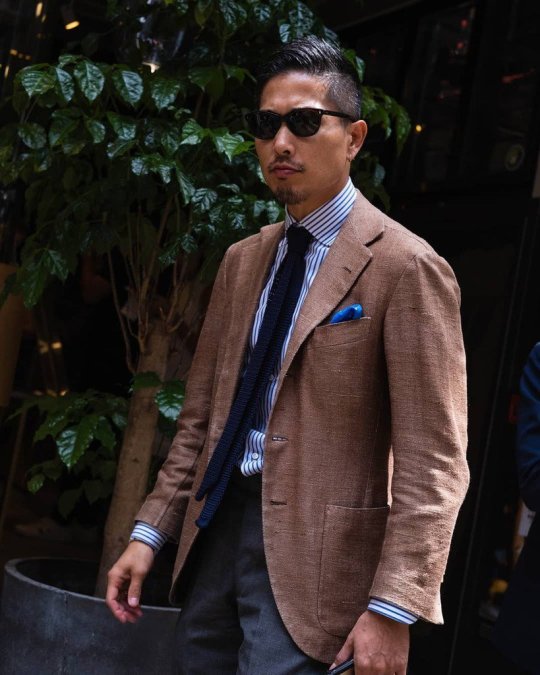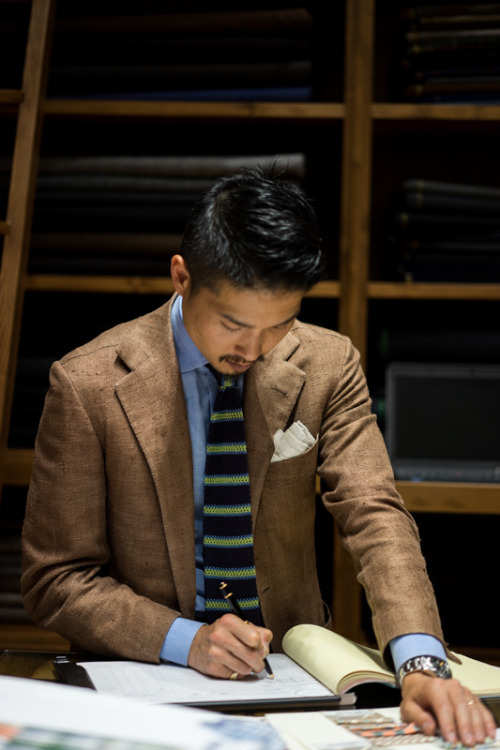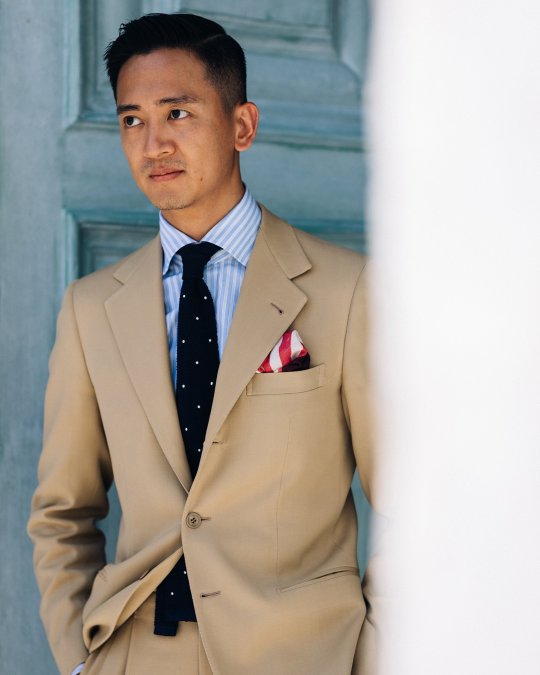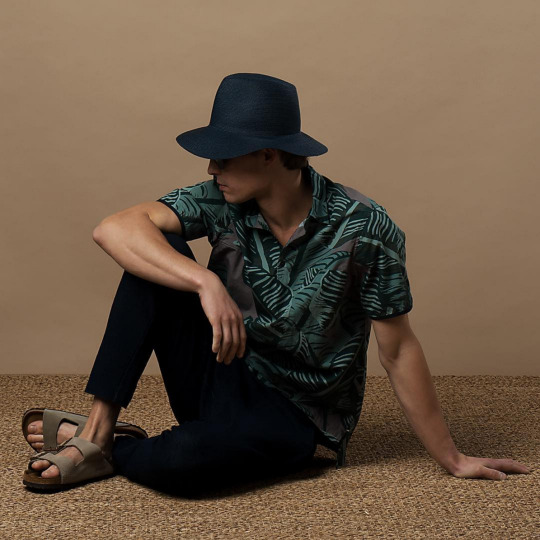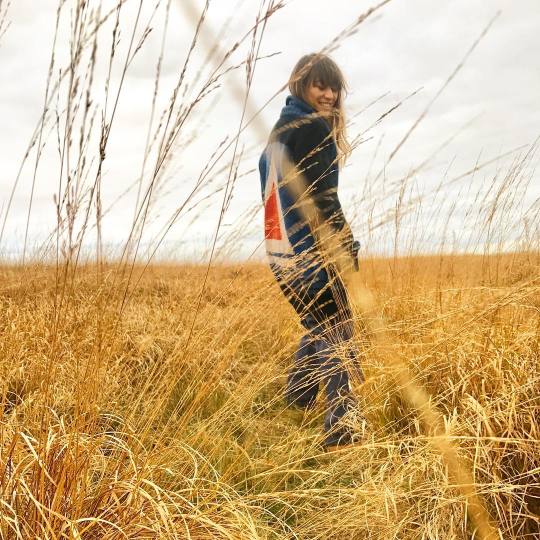
In 1968, Tommy Nutter was exasperated with his sales job at Donaldson, Williamson, and G. Ward, a bespoke tailoring firm based in London’s Burlington Arcade. Nutter derisively described their house style as “little” and wanted to update it with some flair. The traditional-minded tailors in the workroom, however, dismissed his ideas as technically impossible and, in any case, tasteless. “People did not come here to be measured up for tents,” one journalist documented. So Tommy petitioned for a new job at Henry Poole. When the firm’s managing director, Samuel Cundey, saw Tommy’s fashionably long hair, however, he sent him away, horrified.
Tommy would save his ideas for himself. Shortly after quitting his job, he and Edward Sexton went on to form one of the most important tailoring houses of the 20th century, Nutters of Savile Row. If you believe menswear lore, many of the long-standing firms, such as Huntsman, viewed Nutters at first with suspicion. Bespoke tailoring at the time was a hush-hush and stuffy business. Tailoring shops didn’t even have display windows and firms such as Anderson & Sheppard considered publicity vulgar. The expression “it’s not done” not only sums up the hard-edged attitude of many in the solvent class, but also the tailors who served them.
Nutters not only displayed their goods to the public, they also talked to journalists and attracted younger customers into the then-stodgy precincts of Savile Row. They tailored for Elton John, Mick Jagger, and The Beatles, as well as women such as Twiggy and Diana Ross. Men walked out of the Nutters shop clad in box plaid suits, flared pants, and mini-platform shoes. As they strutted down the street, competing tailors stared, mouths agape. Perhaps they were offended by the garish designs. Or maybe they feared Nutters made them look stodgy by comparison.
Keep reading



